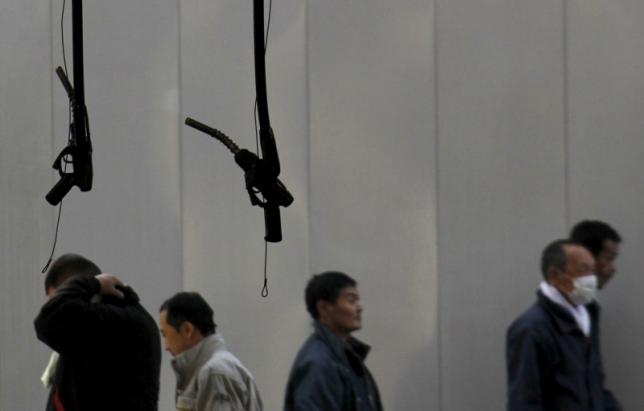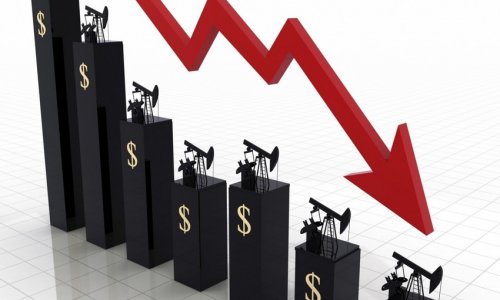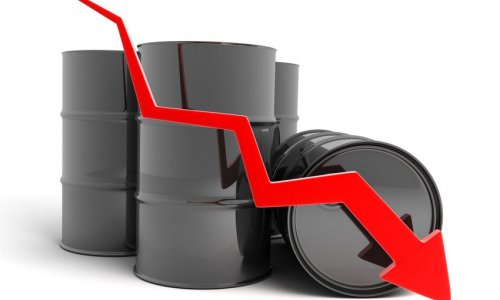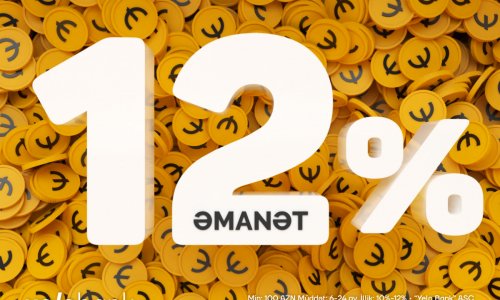A rebound in oil prices this year from 12-year lows is in danger of coming to a crashing halt, as the main engine of global demand growth for the past several years starts to sputter amid signs of a gasoline glut.
Crude oil LCOc1 has rallied more two-thirds from its mid-January nadir on robust demand from refineries worldwide, stoking cautious optimism among producers and exporters that the epic rout that slashed global prices by 75 percent between mid-2014 and early 2016 is finally over.
But rampant production of oil products, especially in Asia, is threatening to derail that recovery. Several major gasoline importing countries have started to export, as excess supplies of fuels overflow storage facilities and erode refinery profits.
"Asia has overcapacity in refining, so that's ruining margins," said Oystein Berentsen, managing director for crude at oil trading firm Strong Petroleum in Singapore.
"Japan is exporting and product stocks are still building. In China, new refiners are exporting as much as they can, so they're flooding the market. At some stage, the refining overcapacity will have an effect on crude."
Soaring output has left the world awash with cheap crude as supply exceeds demand by 1 MILLION to 2 million barrels per day.
to 2 million barrels per day.
 to 2 million barrels per day.
to 2 million barrels per day.That should be good news for refiners, but "crack spreads" - the difference between the cost of crude and its refined derivatives often used to estimate refining margins - on most oil products have slumped in Asia lately as output exceeds demand, causing inventories to swell.
Even gasoline margins - the biggest source of profits for most refiners over the past year - are down nearly 40 percent since March as storage hubs such as Singapore, where inventories STKLD-SIN are near historic highs of 15 MILLION barrels, struggle to cope with the glut.
With Asia's big emerging economies driving most demand growth, the effects will be felt globally.
"Asia contributed more than 50 percent of global gasoline growth last year," said Energy Aspects analyst Nevyn Nah. "Yet gasoline cracks are way lower this year compared to the same time last year because supply has overwhelmed."
Oil market analysts at Barclays said on Monday that "non-OECD product exports... have the potential to move prices lower over the next several months".
FALLING PROFITS
Asian benchmark refining margins DUB-SIN-REF started 2016 near multi-year highs, spurring refiners to churn out as much fuel as they could.
The impact of that oversupply was felt first in products such as heavy oil, including fuel for large ships that has been hit as Asian economies have slowed, and diesel, the main fuel for heavy industry. Diesel margins in China have fallen to six-year lows.
And margins are coming under pressure in Europe and North America too, although they are still better for refiners than in Asia.
"People have spent a lot of money in the past three to four years ... to make more diesel because that's what the world was desiring," said John Auers, executive vice president at consultancy Turner, Mason & Co.
The remaining bright star in refining had been gasoline, also known as petrol, backed by roaring car sales in China and India, where a combined 3 million new vehicles hit the road every month.
In the United States, petrol demand is also strong, yet data from the U.S. Energy Information Administration (EIA) shows that stocks are only just below their highest levels seasonally since data became available in 1990.
RISE OF THE TEAPOTS
Gasoline margins in Singapore GL92-SIN-CRK, Asia's pricing benchmark, have collapsed by half since the beginning of the year to just over $7 per barrel as new exports hit the market.
In Japan, where petrol demand is waning because of the stalling economy, a falling population and the rise of electric cars, refiners that used to import crude to supply home markets now target international buyers.
"Domestic demand is on the decline," said Yasushi Kimura, president of the Petroleum Association of Japan (PAJ), a refiners and distributors body, adding that as a result producers were "pursuing BUSINESS OPPORTUNITIES overseas".
overseas".
 overseas".
overseas".And in China the rise of independent refiners, known as teapots, has driven exports of gasoline and diesel as refineries churn out more fuel than even fuel-thirsty China needs.
China's diesel exports soared 316.5 percent in March from a year earlier to 1.25 MILLION tonnes, customs data showed on Thursday. Gasoline exports rose 9.1 percent to 670,000 tonnes.
tonnes, customs data showed on Thursday. Gasoline exports rose 9.1 percent to 670,000 tonnes.
 tonnes, customs data showed on Thursday. Gasoline exports rose 9.1 percent to 670,000 tonnes.
tonnes, customs data showed on Thursday. Gasoline exports rose 9.1 percent to 670,000 tonnes.With similar developments in Taiwan, Asia is seeing so much gasoline flooding the markets that even the rise of India isn't able to absorb the surplus.
In Singapore, traders have started storing excess gasoline aboard tankers as they run out of onshore storage.
Goldman Sachs already warned late last year that an emerging glut in refined products would eventually spill back into the crude market.
"If all the major consumers sell off their gasoline, it begs the question who will buy it?" said one Singapore fuel trader. "The answer is that much will remain unsold and in storage, and once that happens prices will crash."
(reuters.com)
www.ann.az
Follow us !











